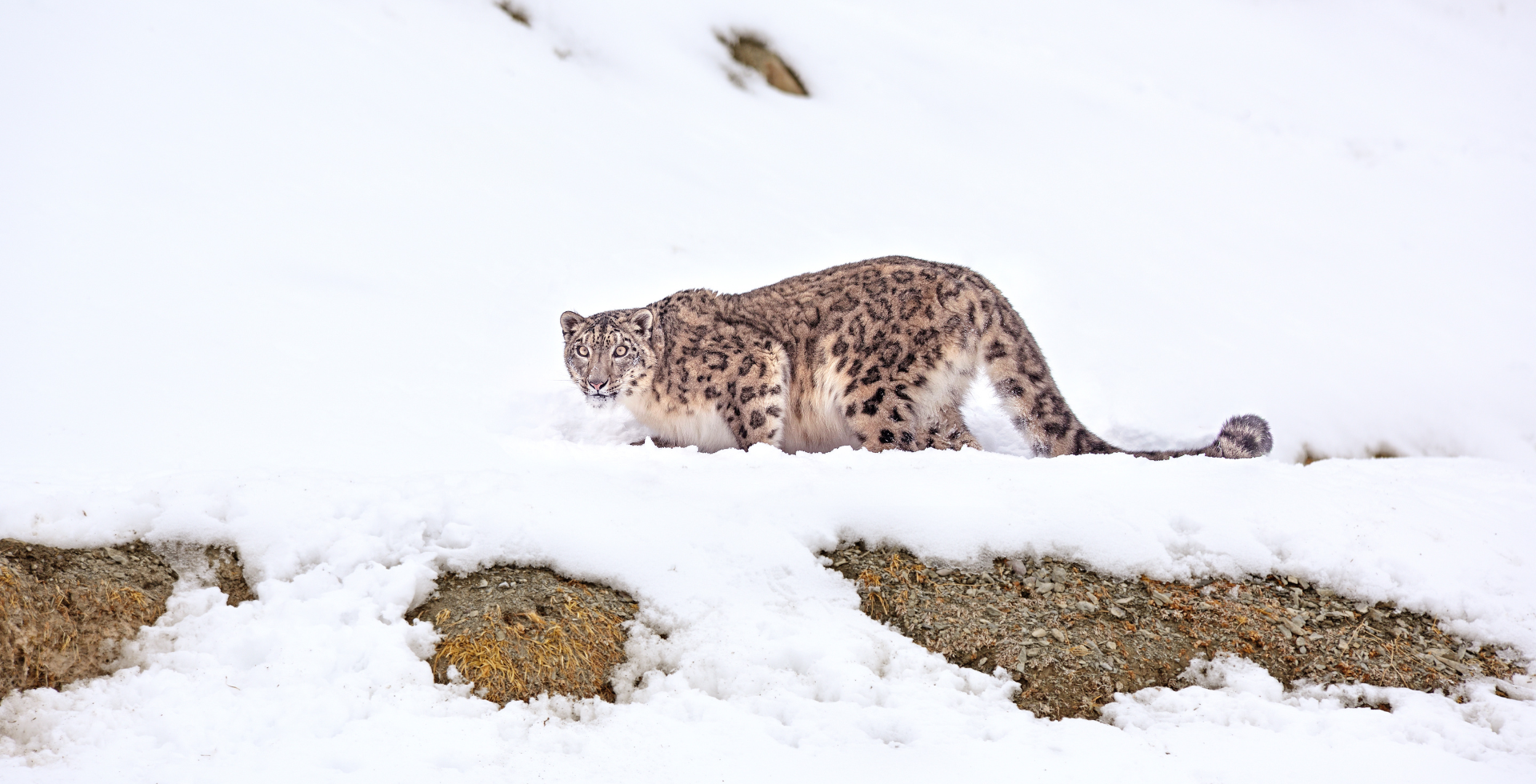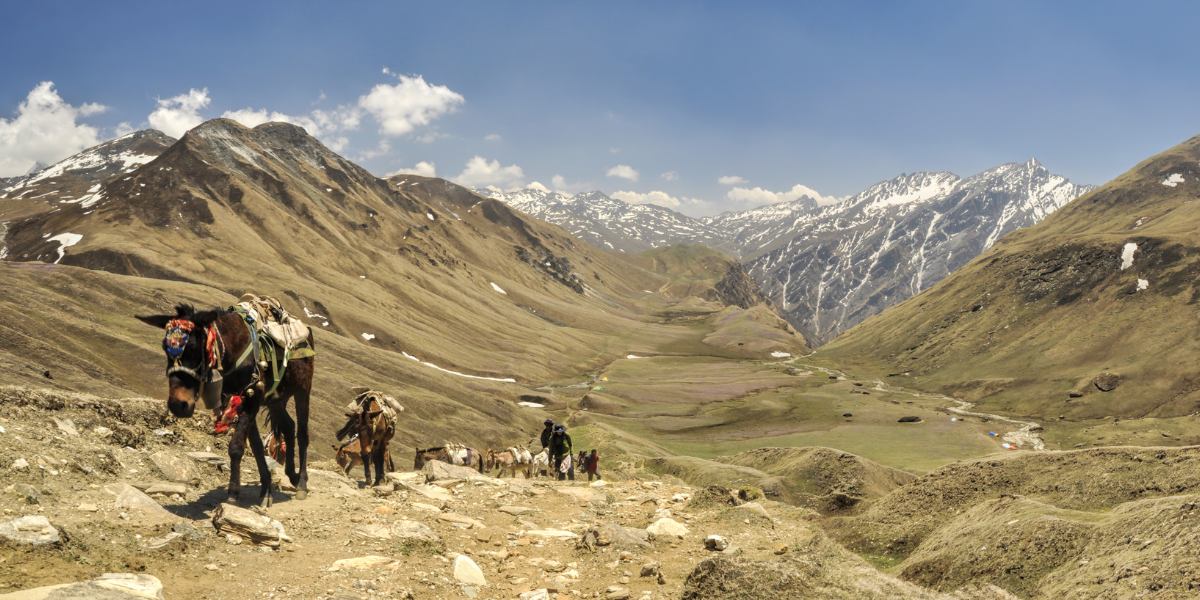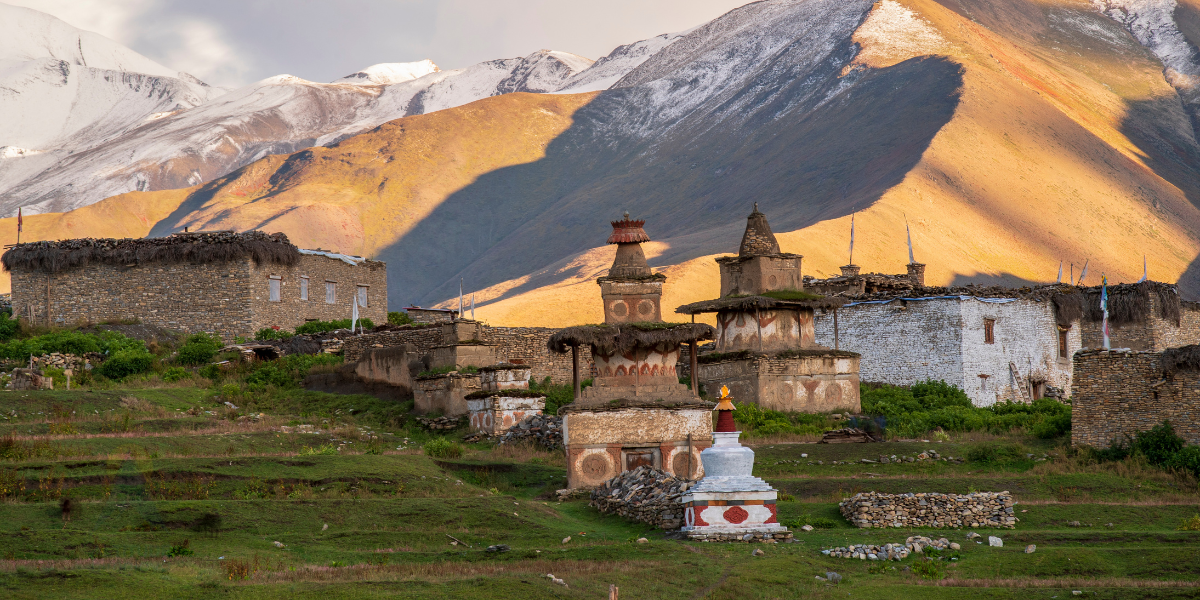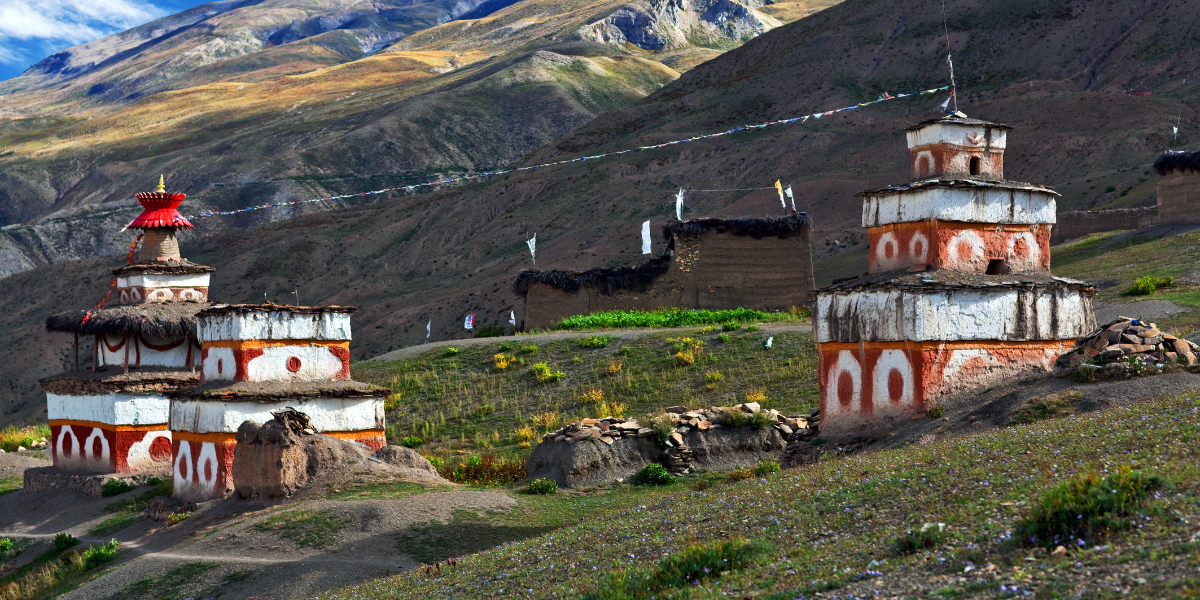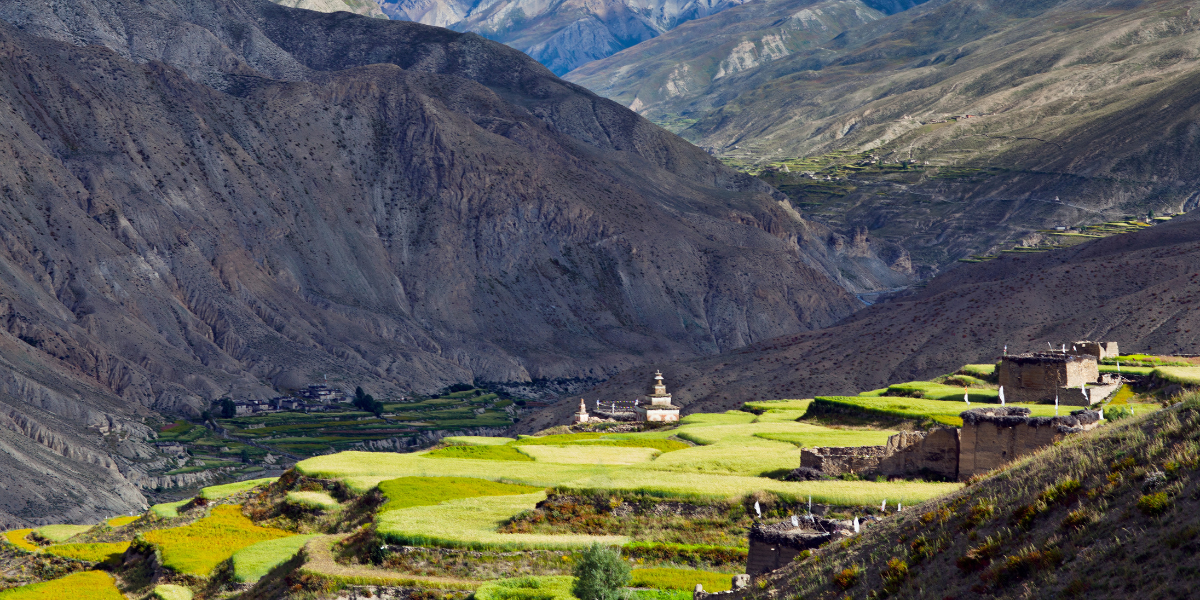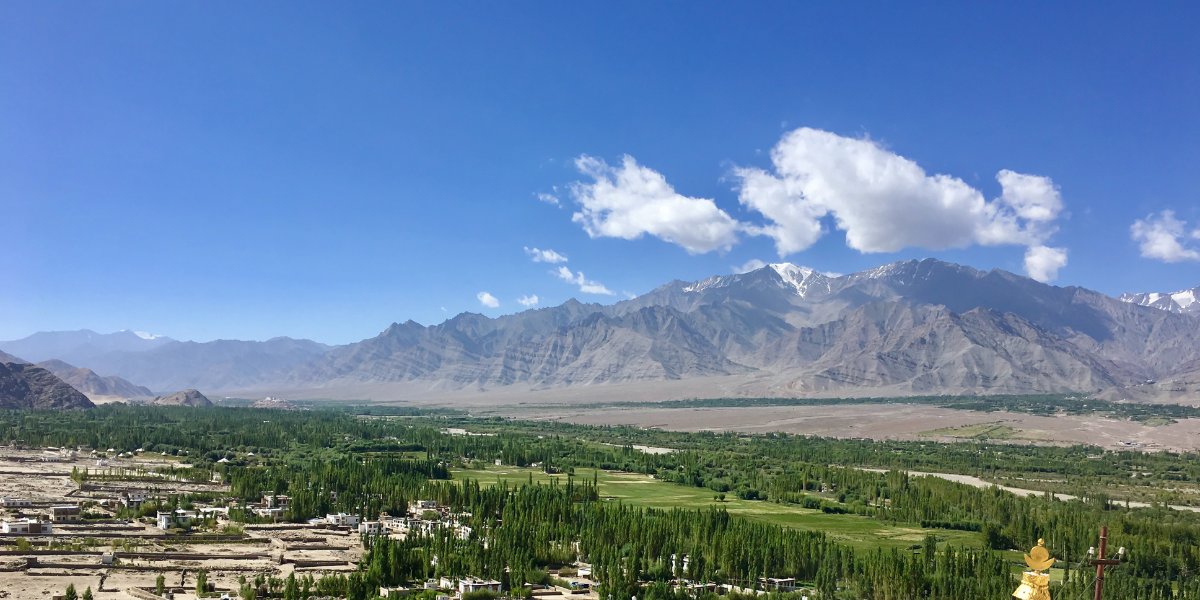Nature is the main source of all human inventions while also being the source of basic human needs: food, shelter, and clothes. It is said that whatever one needs is all in nature. It also has many plants and minerals that act as a cure for different types of diseases in humans. Some of these cures are rare and hard to obtain, which makes them quite valuable. One of these incredible and valuable cures is a fungus called Yarsagumba. Apart from it being valuable and its medicinal properties, the existence of yarsa-gumba and how it is formed is an astonishing phenomenon in itself.
Yarsagumba Facts
Here are some facts about Yarsagumba:
|
English Name |
Caterpillar fungus |
|
Scientific Name |
Cordyceps Sinensis/Ophiocordyceps Sinensis |
|
Scientific Classification |
Kingdom: Fungi Phylum: Ascomycota Class: Ascomycetes Order: Hypocreales Family: Clavicipitaceae Genus: Cordyceps |
|
Life cycle |
|
|
Maturity Period |
One Year |
|
Habitat |
Alpine and subalpine regions of the Himalayas and Tibetan Plateaus |
|
Favorable Elevation |
3000 meters to 5000 meters above sea level |
|
Harvesting Season |
Late spring to early summer (between May and June) |
|
Research Status |
Further research required |
What is Yarsagumba?
Yarsa-gumba, also known as Yarsagumbu, is a valuable treasure found in the high Himalayan lands. Yarsa-gumba is a caterpillar-fungus fusion that occurs when parasitic mushroom spores infect and mummify ghost moth larvae living in the soil. Winter worm ‘’Yarsa’’ and summer herb ‘’Khumb’’ combining these words provides the ghost moth its unique name. It is called biological gold but is much more valuable than gold itself, as the demand for this peculiar herb has skyrocketed.
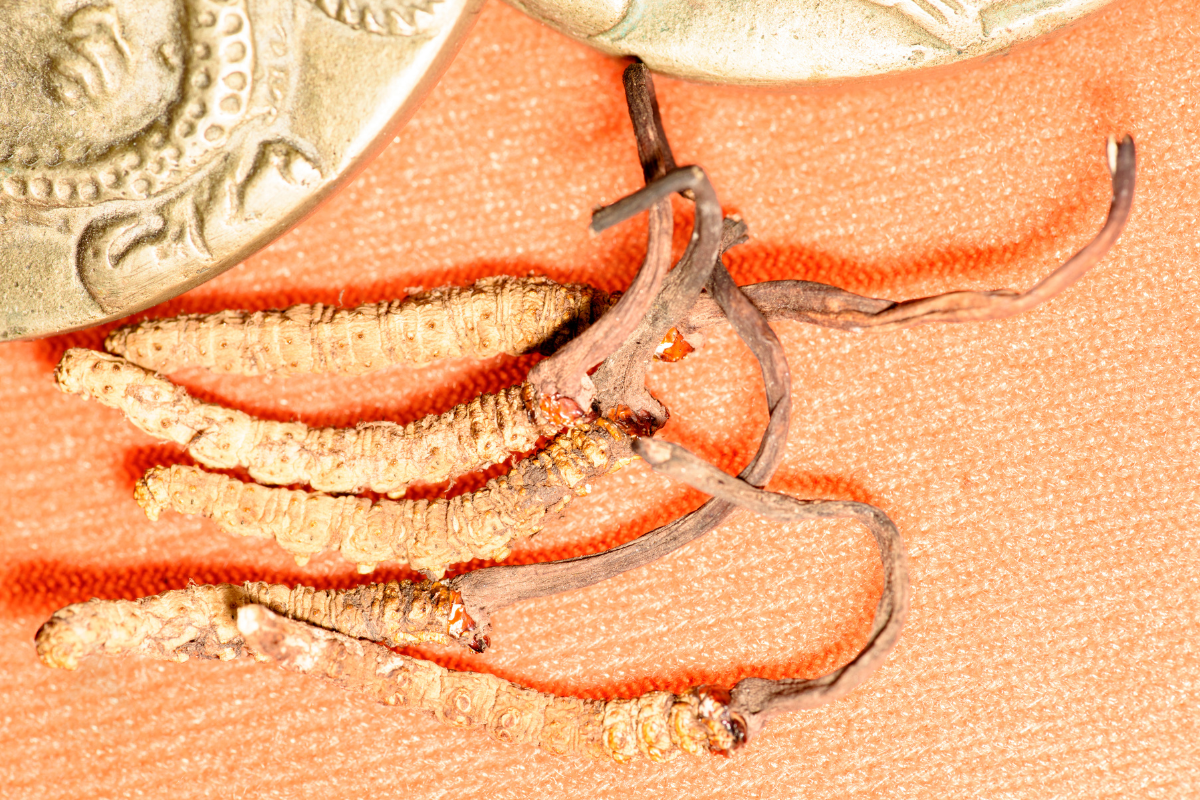
The lifecycle of Yarsagumba starts when the spores of the Cordyceps sinensis infect the larva of a ghost moth, making it a host. Before becoming an adult ghost moth, the larvae of the ghost moth live underground. The infected larvae continue to develop during the summer months, normally developing and feeding. But as the winter approaches, the fungus begins to grow within the larva in a thread-like way as its immune system weakens. The fungus starts consuming the larvae’s internal tissues. During this process, the larva dies and the fungus begins controlling it. The fungus forms a sclerotium, which is a hardened structure to survive the winters in the highlands. This hard structure or sclerotium, remains underground. With the arrival of spring, the temperature rises and the fungus develops the fruiting body. A slender mushroom grows out of the mummified larvae, which remain underground. This fruiting body is what we know as Yarsagumba. As the Yarsagumba matures, it releases spores into the environment, starting a new lifecycle of Yarsagumba.
In Tibet, it's called Yartsa Gunbu, which means “summer grass winter worm.” Yarsha-gumba is a unique hybrid and is the world’s most valuable biological resource. Yarsha-gumba has been used in traditional medicine for more than 2000 years. It is used as an aphrodisiac and used as a tonic. Due to its aphrodisiac effect, it was even nicknamed “Himalayan Viagra.” It is said to be beneficial for vitality, lungs, kidneys, cancer, asthma, and many more conditions.
Where is Yarsagumba found in Dolpo?
The habitat of Yarsagumba is between 3500 and 5000 meters above sea level. So it naturally grows in the Himalayan alpine pastures of Nepal, Tibet, India and Bhutan. Yarsagumba takes the Ghost moth as host. The ghost moth (Thitarodes) is found on the Tibetan Plateau and land bordering the Tibetan Plateau. Dolpo also borders the Tibetan Plateau to the north; thus, it is a favorable place for the growth of Yarsagumba. Yarsagumba is mostly found in the Upper Dolpo region, which is at a significantly higher altitude than the Lower Dolpo. With almost 50 percent of all Yarsagumba coming from Dolpo, Dolpo is the main source of Yarsagumba exported from Nepal to other countries.
Harvesting Season and Process
Yarsagumba is the most prized herb for its multiple health benefits. In Nepal, the harvest season of Yarsagumba starts from late spring to early summer. The season of Yarsagumba harvest in Dolpo begins in the second week of May and might last until the end of June. The season of harvest also depends upon the weather and snow conditions of the area where the Yarsagumba is to be collected. The people from Mugu, Dolpo, Rukum, and Jajarkot travel to the highlands of Dolpo and Mugu to harvest Yarsagumba. Even the schools of these places are closed during the harvest season, and the villages of the western and far-western mountain regions become empty due to the temporary migration of people during the harvest season. The people have to issue a permit in Shey Phoksundo National Park to be able to harvest Yarsagumba. The permit allows people to harvest Yarsagumba in the highlands for a month. People carry tents, blankets, and cooking materials by themselves or on a horse to the highlands, where they spend their time harvesting Yarsagumba.
The Yarsagumba is harvested by hand. Before they dig in, the harvesters divide the area that each of them will be searching Yarsagumba in to avoid conflicts later on. Then they thoroughly start scanning the ground on their knees to be able to spot the Yarsagumba and also balance their bodies on the cliff. The visible part of Yarsagumba is its sprout, which is a black/dark brown mushroom in the shape of a stem. The people need to have extremely sharp eyes and low proximity to the ground to spot the black sprout of Yarsagumba on the ground, whose soil is also black. After spotting/identifying the sprout, the small area around the Yarsagumba is carefully dug and a chunk of soil along with the caterpillar in it is carefully taken out. Then they carefully pull the sprout upwards with their forefinger and thumb, revealing the entire Yarsagumba body. The harvester uses a toothbrush to remove any attached soil and clean it, maintaining its color, and leaving it to dry out naturally. The cleaned, dried Yarsagumba is kept safely in their pouches made of clothes. The bright color and size of Yarsagumba determine the price of the harvest.
Harvesting Challenges
Yarsagumba is regarded as nature’s priceless gift so it's a given that harvesting it is not so easy. There are lots of challenges that people go through to harvest this nature's treasure. Since the Yarsagumba grows at a high elevation, the first challenge is that people have to move to the highlands with all the necessary supplies like tents, blankets, cooking materials, and food for their month’s stay. All these supplies are carried on their backs or on their horses and taken to the highland areas where they camp. They cook and live in low temperatures with the limited materials they have brought from their villages. It gets more difficult when someone gets sick in the highlands, as there are no medical facilities up there. Another challenge for the locals is the unpredictable weather conditions of the region. At times, the winds are so strong that people’s tents are blown away, while at other times, the cold can make people ill with conditions like hypothermia and pneumonia, which might even threaten their lives. Additionally, there are chances of conflicts that might turn violent occasionally while harvesting Yarsagumba.
Apart from the struggle of people living in the uplands to collect the Yarsagumba, the collection in itself is quite hard. They have to go on cliffs and search for Yarsagumba on their knees, as it can only be seen from close proximity. People have called collecting Yarsagumba “looking for a needle in a haystack." People have to look for the black shoots of the fungus amongst the bad mud of the highlands. Even if the harvester finds the fungus, they have to carefully take it out of the mud because broken Yarsagumba isn’t worth much or sometimes worth nothing.
Benefits of Yarsagumba
Yarsagumba has been used for its medicinal properties for centuries. Although a lot of research is yet to be done about the medicinal benefits of Yarsagumba, it is especially used in Chinese and traditional medicine as a main ingredient for the preparation of remedies for the cure of many diseases. It is commonly used as a tonic for boosting immunity in traditional Chinese medicine and is popular in many Southeast Asian countries.
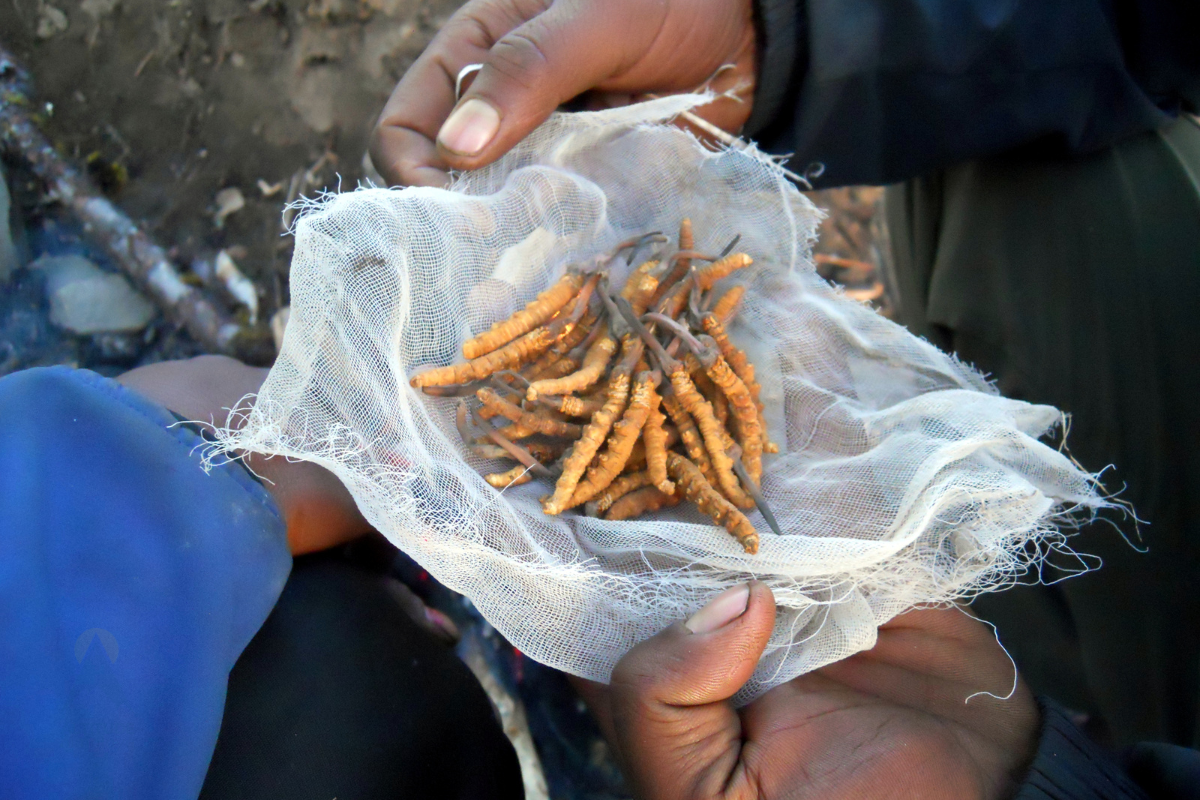
Yarsagumba is said to have antioxidant and anti-inflammatory properties while also being a good immunity booster. The Himalayan Viagra, Yarsagumba, is also said to have aphrodisiac properties, which are said to boost the testosterone level, which can improve libido and sexual performance. It is also believed to have antidepressant properties, which means that it can help boost the mood of people. In addition, it is also said to be beneficial for the lungs and kidneys. It is claimed to have cardioprotective properties, which it is said to lessen damage from stress, inflammation, and cell death. Furthermore, it might also improve blood vessel function and how the body processes fats.
Conclusion
Yarsagumba, the biological gold, is a unique form of life, while its existence is also a unique blend of myth, tradition, and scientific curiosity. Although further research is required, the numerous benefits of this herb are undeniable. It is an extremely valuable herb to both those who consume it and the people in Dolpo who are harvesting it, as it is a major source of income for numerous residents of this Trans-Himalayan region. Yarsagumba is a priceless gift of nature and a uniquely miraculous phenomenon.
Frequently Asked Questions (FAQs)
Here are some frequently asked questions about Yarsagumba in Dolpo:
Why is Yarsagumba so popular?
Yarsagumba, also known as caterpillar fungus, is a hybrid formed when a mushroom grows out of the caterpillar of a ghost larva moth. It is popular because it is said to have lots of medicinal properties, which makes it valuable.
What is Yarsagumba used for?
Yarsagumba is used in Chinese medicine and also as a tonic as an aphrodisiac and in the treatment of lung, kidney, and liver diseases. It is also said to be used as a cure for cancer, asthma, and other inflammatory diseases.
Where can I buy Yarsagumba?
The ethical and legal considerations surrounding the trade of Yarsagumba vary according to the region. Although some areas might allow the buying/selling of Yarsa-gumba through a certain channel, buying it from an unregulated source might be quite risky. Therefore, it is advised that one should research thoroughly the legal and ethical issues that may arise before one attempts to be involved in buying/selling Yarsagumba.
How is Yarsagumba formed?
Yarsagumba is formed when the fungus parasitizes the larvae of “ghost moths." Living caterpillars become hosts for the fungus to germinate through them. The infected larvae lift their heads upward from earth tunnels towards the surface; the mushroom or fungus grows from the head of the larvae and extends above the surface of the earth after the larvae are dead. This is how the half fungus and half animal, Yarsagumba, comes to exist.
What's the price of Yarsagumba?
The price of Yarsagumba is determined by various factors, mainly its quality and market demand. Oftentimes, the size, color, and maturity are the determining factors of the quality of Yarsagumba. Apart from that, the season of high demand also contributes to skyrocketing prices of Yarsagumba. The price can also vary significantly from one region to another, reflecting the demand from consumers worldwide. The price of Yarsagumba can go as high as 20,000 USD based on its demand and quality.
Is Yarsagumba an herb or an insect?
Yarsagumba is a fungus. It is formed when fungus parasitizes the caterpillars of “ghost moths” found in high altitudes. The fungus germinates through the head of the larvae and the germinated mushroom is seen on the surface of the earth, while the dead caterpillar is inside the surface of the earth. Yarsagumba is said to have lots of medicinal properties, due to which it is used in Chinese and traditional medicines. Yarsagumba is nature’s most prized herb.
How to eat Yarsagumba?
There are various ways to consume Yarsagumba. Yarsagumba can be consumed as it is or you can power the Yarsagumba and mix it in water and milk for consumption. You can also consume Yarsagumba in the form of soup. The recommended dose of Yarsagumba for an adult is 0.3 to 0.7 g. However, it is recommended to consult a doctor before starting to consume any type of medicinal herb like Yarsagumba.
Is collecting Yarsagumba illegal?
Collecting Yarsagumba was banned before 2001 AD. It was only after 2001 that the people were allowed to collect Yarsagumba but only under the regulation of the government and local authorities. People have to follow rules like getting permits and using a certain route, and only people exceeding the age of 16 are allowed to harvest the Yarsagumba.
Why is Yarsagumba called the Himalayan Viagra?
Yarsagumba has numerous health benefits for the lungs and heart and is also known as an immune booster. It is said that it increases energy levels, decreases fatigue, and boosts libido, which is known as Himalayan Viagra.
What are the benefits of Yarsagumba?
Yarsagumba is said to be beneficial for strengthening the lungs and kidneys, increasing energy and vitality, boosting the immune system, curing tiredness, cough, and asthma, and increasing blood production and sperm production. Yarsagumba is said to be most beneficial for the reproductive system.
When did Yarsagumba gain worldwide popularity?
Yarsagumba was popular as the main ingredient in Chinese medicine for a long time but it came to the attention of people worldwide when the members of the Chinese National Women’s Track Team set a new record at the Asian Games in Japan in 1994. After it was known that the team that had set new world records had incorporated Yarsagumba into their diet, the popularity of Yarsagumba rose.

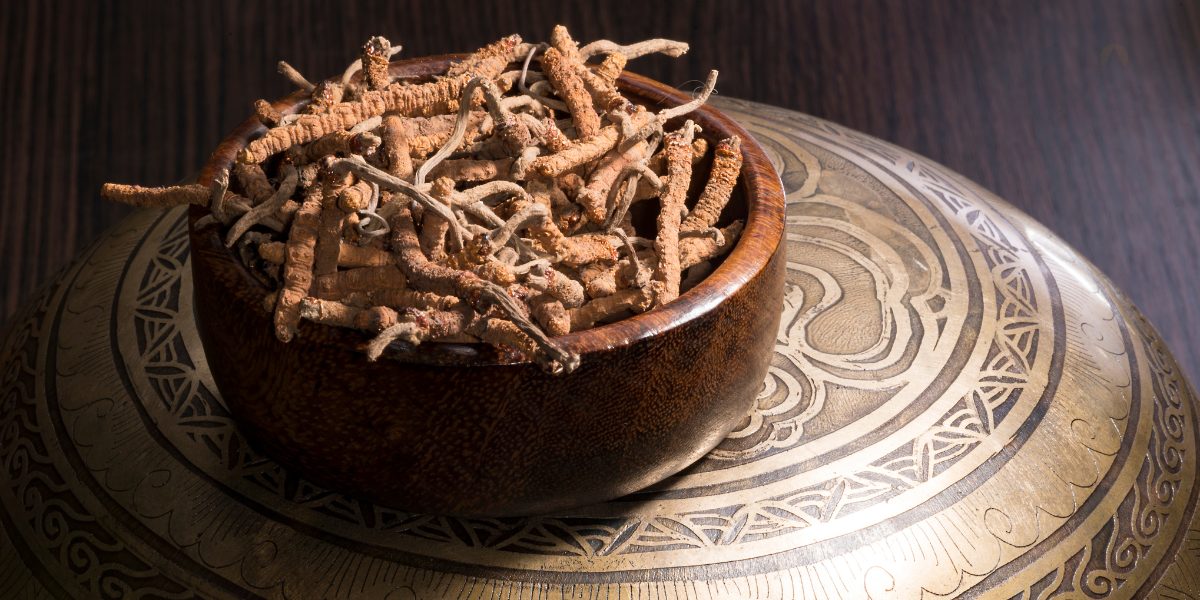
 Aakriti Baral
Aakriti Baral
